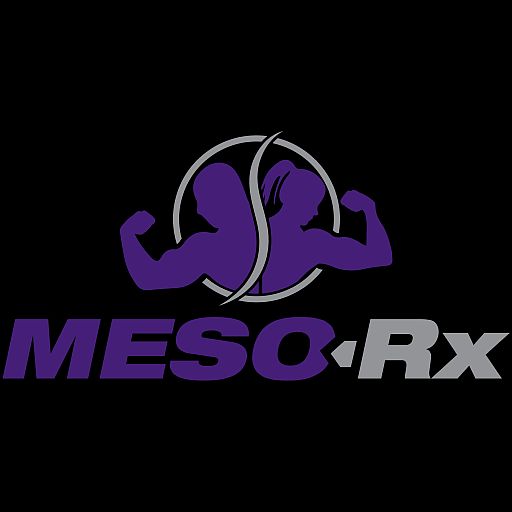Jin23
Member
I have never read anything about the gut detoxing estrogen. Where did you read this? Testosterone is made in the body or injected into it and never enters the gut. Once estrogen is in the blood stream how would the gut do that? The liver breaks it down and removes it from the blood stream.
All circulating sex hormones have their part to play in the gut bro. They actually meaningfully modulate your microbiome.
Google Učenjak
However, how much does the gut microbiota effect the level of your peripheral blood hormone levels is a nother thing entirely.





